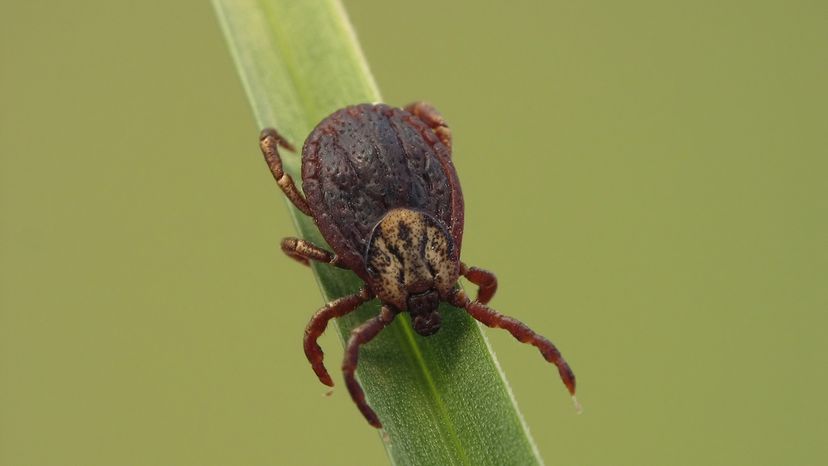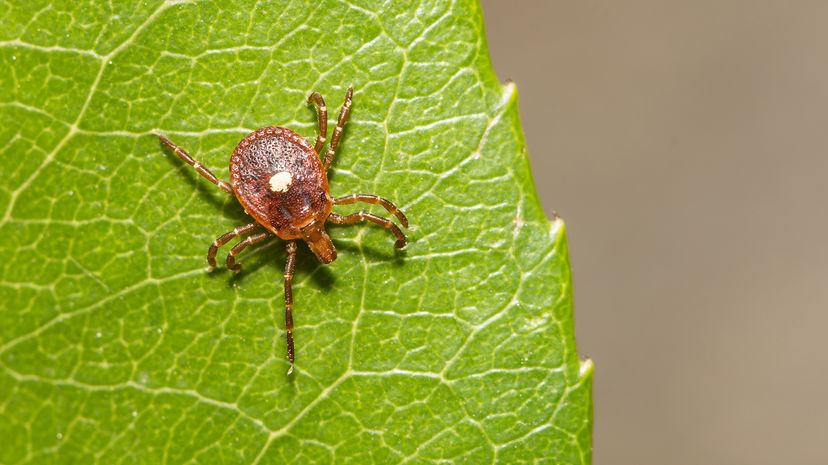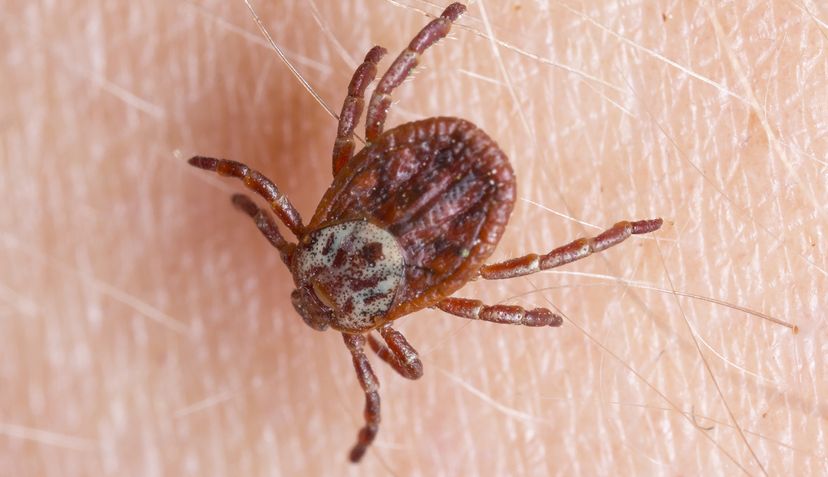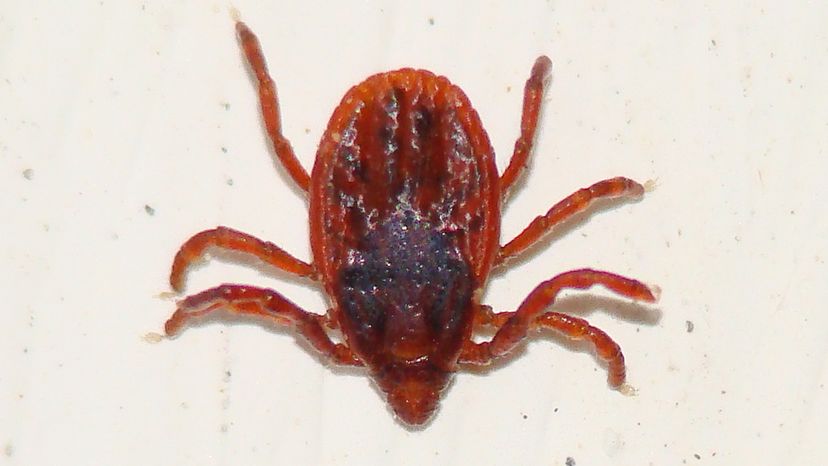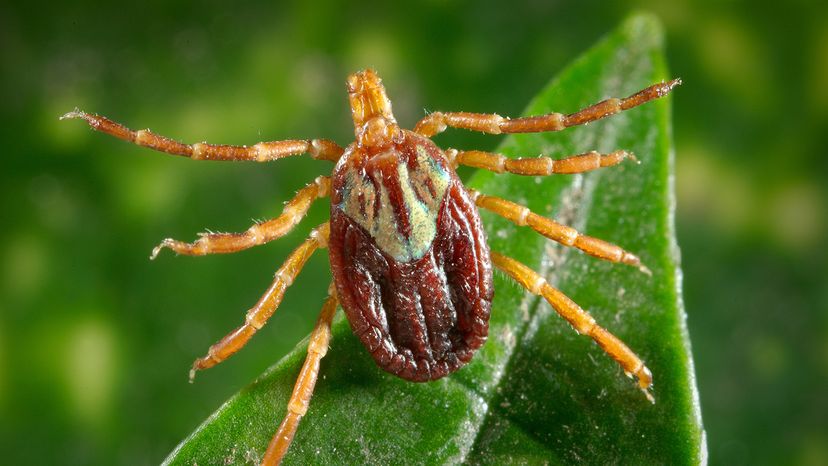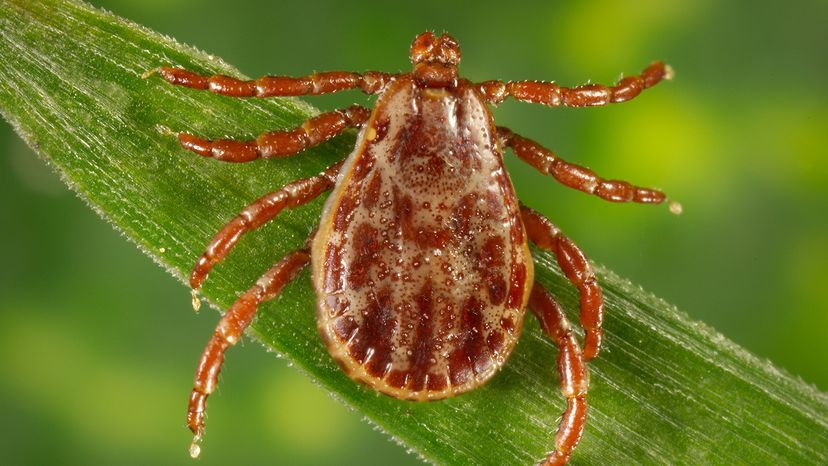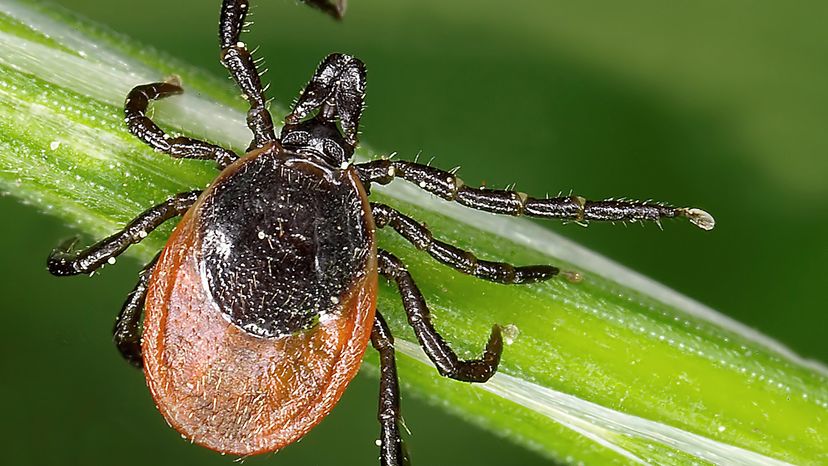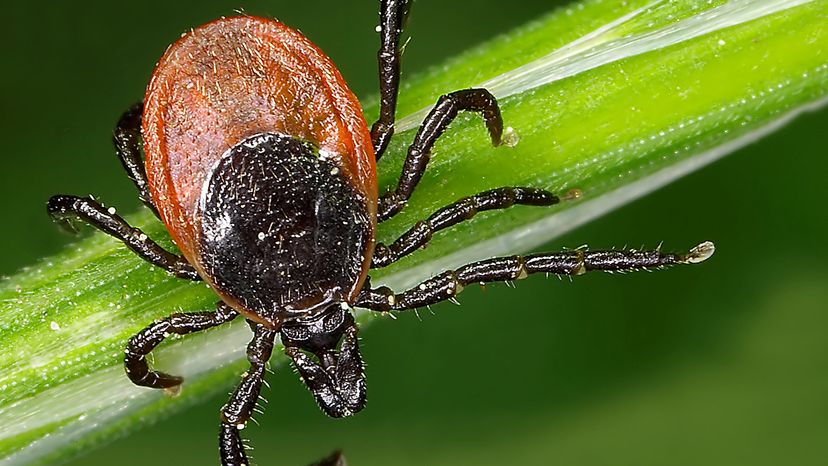
If you've ever found a tick clinging to your skin after a hike or a romp in tall grass, you're not alone. These tiny critters are more than just a nuisance — they're also potential carriers of some serious diseases.
There are many different types of ticks out there, and knowing which ones you're most likely to encounter can help you stay safe.
Advertisement
Let's break down some of the most common (and troublesome) ticks in North America.
